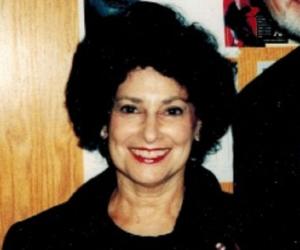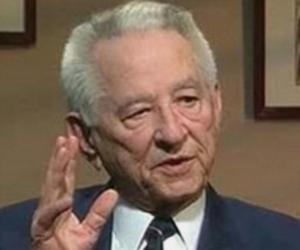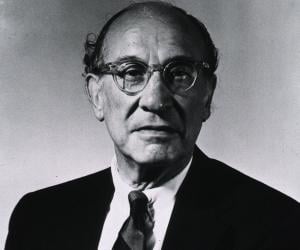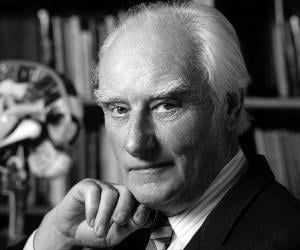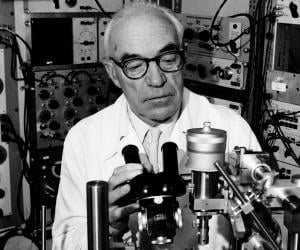Nobel Prize-winning British biophysicist Francis Crick is best known for his ground-breaking work to determine the structure of the DNA, along with James Watson, Maurice Wilkins, and Rosalind Franklin. He taught at various institutes, such as the Salk Institute, and was also awarded the Order of Merit.
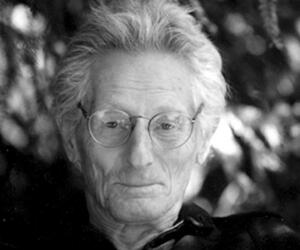
Born to rich Catholic parents, John Lilly spent his childhood treating science as a hobby. While studying medicine, he performed gruelling medical experiments on himself. He later invented isolating floatation tanks, studied bottlenose dolphins, and researched on psychedelic drug-induced near-death experiences. He also explored yoga and human consciousness.
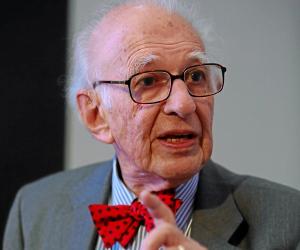
Nobel Prize-winning neurobiologist Eric Kandel is known for his research on the role of synapses in memory and learning. An Austrian Jew, he left his country with his family and moved to the U.S. in the wake of anti-Semitism. A doctor, specializing in psychiatry, he later taught at Columbia University.
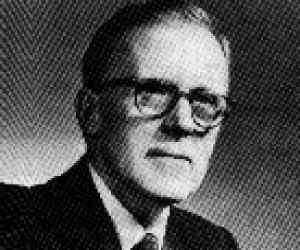
Though born to physicians, Donald O. Hebb had initially aspired to be a novelist. He later pioneered neuropsychology by merging elements of psychology and neuroscience, and thus establishing psychology as part of bio science. His iconic work The Organization of Behavior spoke about many innovate concepts such as Hebb’s Rule.
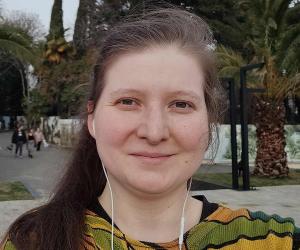
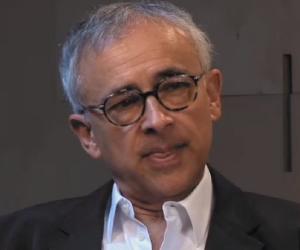
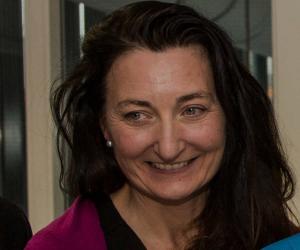
May-Britt Moser is a Norwegian neuroscientist and psychologist. She also serves as a professor at the Norwegian University of Science and Technology. She is best known for winning the Nobel Prize in Medicine in 2014 for her work pertaining to the grid cells in the brain's entorhinal cortex. She shared the award with her then-husband, Edvard Moser.
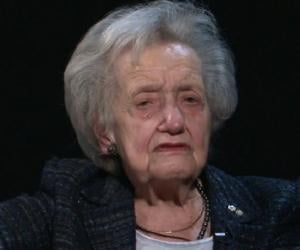
Considered a pioneer in her field, centenarian neuropsychologist Brenda Milner is known for her immense contribution to clinical neuropsychology. Especially known for her work on memory and cognition, she has contributed immensely to the study of temporal lobe. Her papers on the frontal lobes in problem-solving and the lateralization of hemispheric function in language are also highly regarded by scholars.
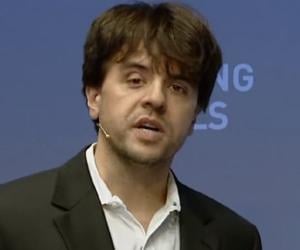

Sir John Eccles was a philosopher and neurophysiologist whose services to physiological research earned him the title of Knight Bachelor in 1958. His work on the synapse earned him the Nobel Prize in Physiology or Medicine, which he shared with Alan Lloyd Hodgkin and Andrew Huxley in 1963. The same year, he also received the Australian of the Year Award.
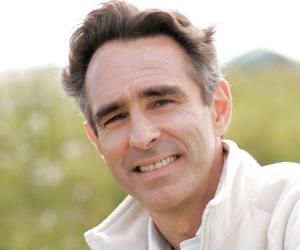
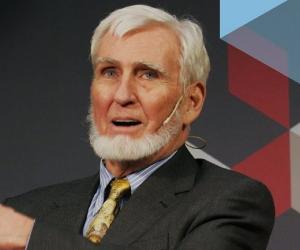
John O'Keefe is an American-British neuroscientist and psychologist. He is best known for his discovery of place cells in the hippocampus. Along with May-Britt Moser and Edvard Moser, he won the Nobel Prize in Physiology or Medicine in 2014. He is also the recipient of several other awards. He spent his entire academic career at the University College London.
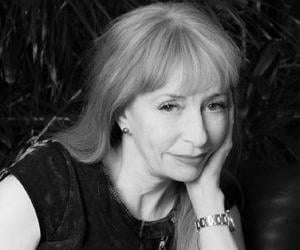
Apart from being a successful scientist with a focus on neurodegenerative diseases such as Parkinson's disease and Alzheimer's disease, Susan Greenfield teaches pharmacology at the Lincoln College, Oxford. She is also part of the House of Lords and has penned a sci-fi novel. She supports causes such as Dignity in Dying, too.

Endel Tulving is an Estonian-born Canadian experimental psychologist and cognitive neuroscientist. He is best known for his pioneering research on human memory. He earned a Ph.D. from Harvard University and began his academic work at the University of Toronto, where he remained for the rest of his career. He is a recipient of the Canada Gairdner International Award.
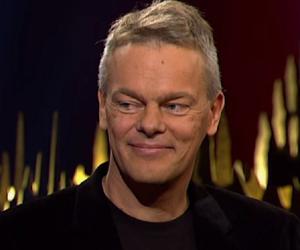
Edvard Moser is a Norwegian neuroscientist best known for winning the Nobel Prize in Medicine in 2014 for his work pertaining to the grid cells in the brain's entorhinal cortex. He shared the prize with his then-wife May-Britt Moser, with whom he also founded the Moser research environment. Edvard Moser also serves as a professor at prestigious institutions.
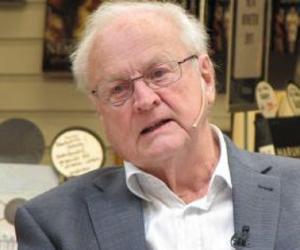
Swedish pharmacologist Arvid Carlsson’s research work establishing dopamine as a significant neurotransmitter in the brain resulted in the development of drugs for Parkinson’s disease. In the year 2000, he was awarded the Nobel Prize in Physiology or Medicine for his work. During his career, he was also awarded the Wolf Prize in Medicine, the Japan Prize and Italy's Feltrinelli Prize.

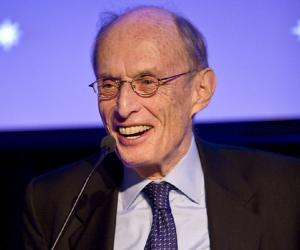
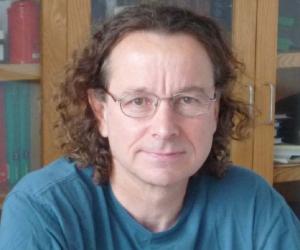
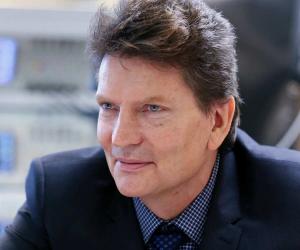
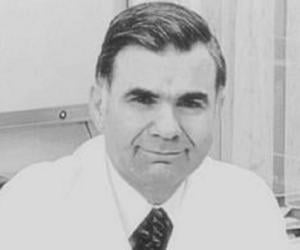
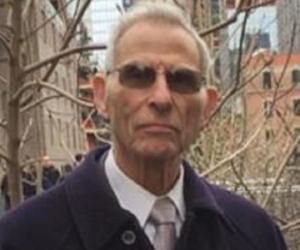
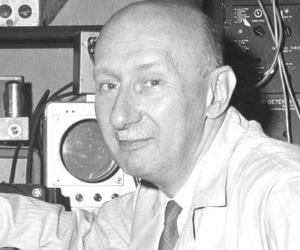
Nobel Prize-winning biophysicist Georg von Békésy revolutionized medical science with his discovery of how the cochlea, a part of the inner ear, affects sound reception. His initial research at the Hungarian Telephone System gave way to more intense studies at Harvard and the Karolinska Institute. He later taught at the University of Hawaii.
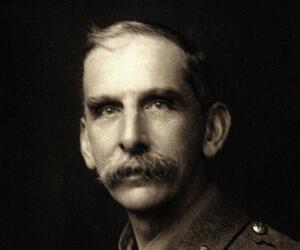
British neurosurgeon Victor Horsley created history when he conducted the first spinal tumor operation. His research also included studies on thyroid and rabies. He was also knighted for his achievements but died of a heat stroke while serving the British army’s medical team during World War I.

Nathaniel Kleitman was an American sleep researcher and physiologist. Referred to as the father of modern sleep research, Kleitman is best remembered for writing his 1939 book Sleep and Wakefulness. Nathaniel Kleitman is also remembered for his association with the University of Chicago, where he served as Professor Emeritus in Physiology.
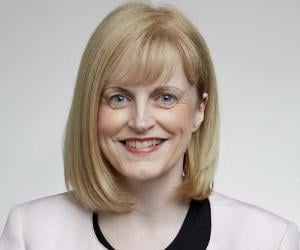
Irish neuroscientist and UCL professor Eleanor Maguire is best known for her work on the role of the human brain, especially the hippocampus. One of her best-known works was on the spatial abilities of cab drivers in London. She has been named a Fellow of the Royal Society and of the British Academy.
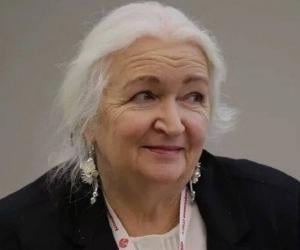
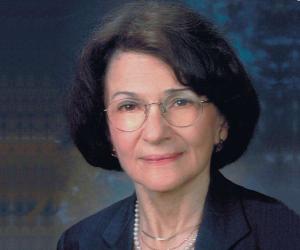
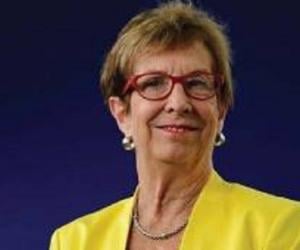
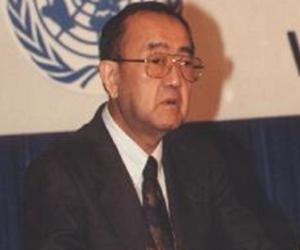
Hiroshi Nakajima was a Japanese physician best remembered for his association with the World Health Organization (WHO), where he served as Director-General from 1988 to 1998. Prior to his role as Director-General of WHO, Hiroshi Nakajima served as the Chief of the organization's Drug Policies and Management Unit.
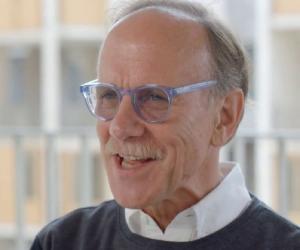
Fred Gage made waves in the scientific community with his research on neurons. He not only discovered stem cells in the human brain but also proved that environmental stimuli affects the growth of new cells. Some believe he is a descendant of legendary brain-injury survivor Phineas Gage.

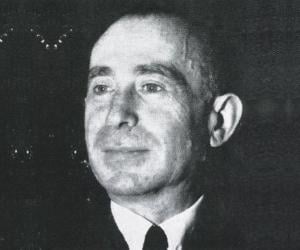
Austrian-American neurophysiologist and psychiatrist Manfred Sakel is remembered for his pioneering use of the insulin shock therapy to treat patients of schizophrenia. Initially a researcher in Vienna, he fled to the US in the wake of the Nazi invasion. His brand of therapy was later replaced by electroconvulsive therapy.
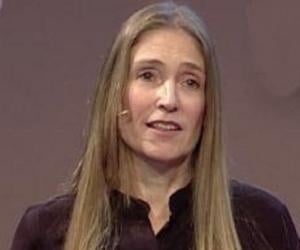
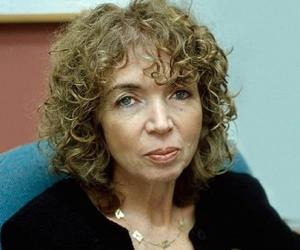
Michal Schwartz is an Israeli neuroimmunologist who is currently a professor of neuroimmunology at the Weizmann Institute of Science. She also holds the Ilse Katz Professorial Chair in Neuroimmunology. Her works helped to expand the field of immunology in neuroscience, and she discovered new roles for immune cells in neurogenesis.
